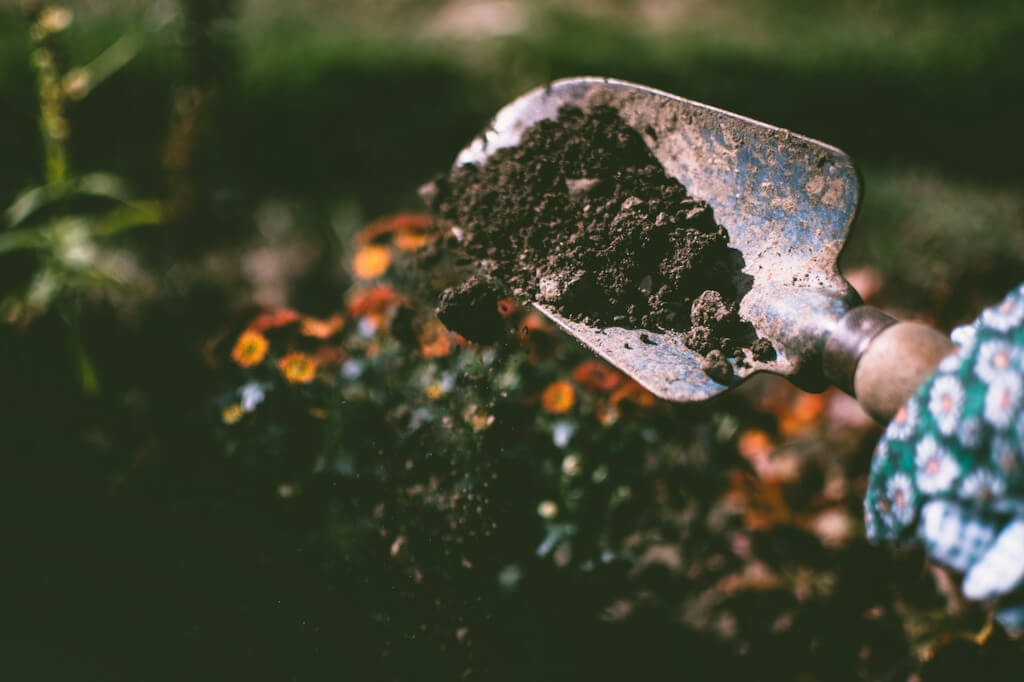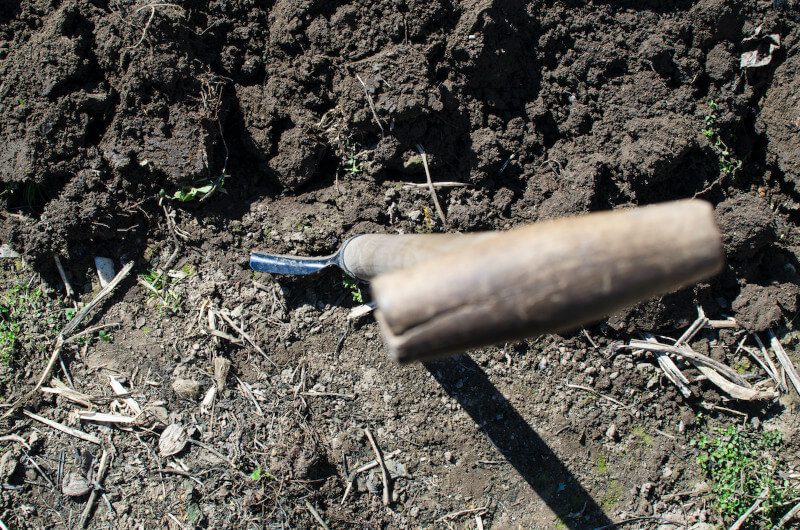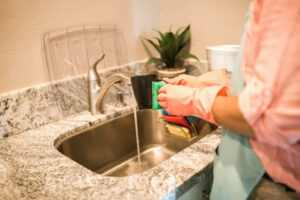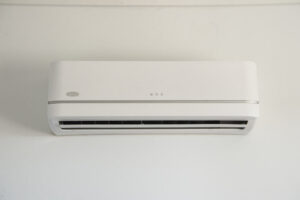
When you are first getting started with gardening, it might look like there is a lot to learn, and you might have a lot of questions about how to get started. While planting your vegetables, what method should you use, and what type of soil is ideal? When is the best time to cut back your hydrangeas and split your hostas? Is everything getting an adequate amount of water and sunlight? The great news is that nature is an excellent source of education.
The more experience you have with gardening, the more you’ll understand what functions and what does not work in the garden. For the time being, however, you can find the solutions to a few of the most typical concerns that novice gardeners have by consulting this list of fundamental gardening advice. Also, don’t forget to enjoy yourself while you’re working in your yard to cultivate your food and pretty flowers.
Are you interested in learning how to begin a garden? Get the gardening confidence you need with these pointers from the pros.
Never gardened before? No problem. With these ten simple tips, you can turn your dreams of growing your food into a reality.
Position It Appropriately
When beginning a garden, just like when purchasing real estate, the location is the most important factor. You should locate your garden in an area of your yard where you will be able to observe it frequently (out of sight, out of mind applies to gardening). In this manner, the likelihood of you spending time in it will be significantly increased.
Keep Your Eyes on the Sun
When beginning to garden, one of the most common pitfalls is to incorrectly judge the amount of sunlight available. Before deciding where to plant your garden in your yard, you should first consider how the sunlight moves around the space. To be healthy and productive, the vast majority of edible plants, which includes a wide variety of veggies, herbs, and fruits, require at least six hours of daily sunlight.
Remain near Water
If you want to get the most out of your gardening experience, one of the best pieces of advice you can get is to locate your new garden close to a water supply. Make sure there is a way to run a hose to the location of your garden so that you do not have to carry water there every time your plants need it. This will save you time. The easiest way to see whether or not your plants require watering is to stick your finger deep into the soil about an inch (that’s about the depth of one knuckle). When the soil is dry, it is time to water the plants.
Soil And Compost

For best results, amend your soil with only composted, decayed cow or horse faces that have been aged for a minimum of half a year. Fresh manure contains an excessive amount of nitrogen and has the potential to “burn” plants; it also has the potential to comprise pathogens or parasites. Pig poop, dog poop, and cat poop shouldn’t be used in gardens or compost heaps.
Seasonal Plants
After being planted, perennials typically require an additional year and a half to reach their full mature size. Keep in mind the old proverb that states that each year, respectively, they “sleep, creep, and leap.” Find out how long your planting season is (the period between your first frost in autumn and your last frost in the spring), so that you may start some plants indoors or decide whether or not to grow them at all.
Lighting
Pay special attention to the amount of light that each variety of plant requires. When cultivating vegetables, choose a spot that is exposed to direct sunlight for at least eight hours per day. For the best harvest, the vast majority of vegetables require direct sunlight. If you have access to some shade, you could try growing vegetables that mature slowly, such as leafy greens, spinach, radishes, and cabbage.
Weeding
Weeding by hand and hoeing are the most effective methods for weed control in the garden. Steer clear of any deep soil toiling or cultivation that might bring weed seeds closer to the surface of the soil, where they can then germinate. To stop weeds from producing seeds, you should weed early and frequently. Applying mulch can both suffocate and help stop annual weeds from growing.
Some Hydrangeas Prefer Full Sun While Others Prefer Partial Shade
For the best flower initiation, panicle hydrangeas, also known as Hydrangea paniculata, require full sun. The varieties ‘Limelight,’ ‘Little Lime,’ ‘Vanilla Strawberry,’ and ‘Bombshell’ are all excellent examples of panicle plants.
It is Not Necessary to Completely Clean Up Your Garden in Autumn
Leave ornamental grasses alone so that they can add beauty to the landscape, and allow the seed heads of perennials such as coneflowers to remain so that birds can eat them. To improve the chances of fractionally resilient perennials, such as garden mums, enduring a brutal winter, avoid scaling back these plants when they are in their growing phase.
Potato Plants
Bury your potato plants as deeply as possible in the soil, and keep your harvested potatoes in a completely dark place. When potatoes are exposed to light, the skin turns green. This is a sign that the potato has generated solanine, a colorless alkaloid with a bitter taste that can cause illness if consumed in large quantities. Remove any green parts or sprouts that may appear on potatoes to avoid the issue.
Watering

The majority of plants that are grown in gardens in the ground thrive with one to 5 cm of water each week. If there isn’t enough rain, water the plants thoroughly each week rather than sparingly every day. Regular watering in a shallow manner only hydrates the upper layer of soil, which stimulates the plant’s root systems to move closer to the surface rather than growing deeper into the soil.
Don’t Dig
Eliminate digging or planting in wet soil as doing either of these activities will damage the structure of the soil. The soil doesn’t need to be bone dry before you begin tilling or digging; rather, you should wait until it is flaky and no longer forms a ball when you press some of it in your hand.
Get Familiar With the Drainage of Your Soil
If the soil is constantly damp, there will be no pockets of air in which the roots can grow, and this will prevent the plant from reaching its full potential. As a result of the fact that most plants prefer soil that drains well, you should modify your soil with natural substances to improve its quality.
Plants In Your Region
Plants that are native to your area are typically better adjusted to growing there than plants that have been brought in from other parts of the world. They have also evolved to be beneficial for the native pollinators that live in the area. If you wish to grow plants that will support pollinators, you should steer clear of newer cultivars that have double flowers. This is because the extra petals make it more challenging for pests to access the nectar and pollen that the flowers contain.



